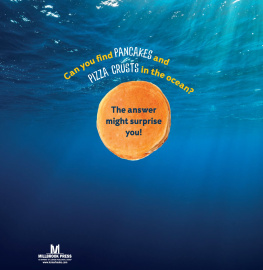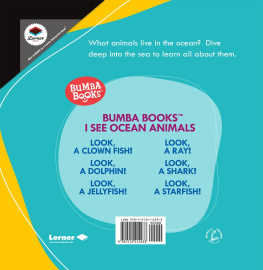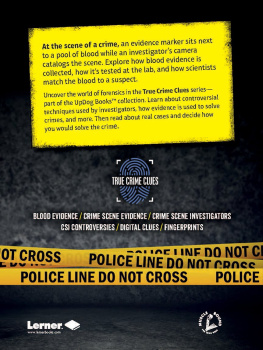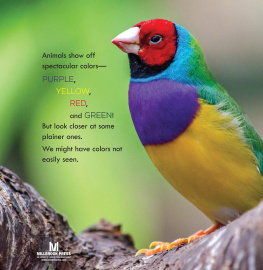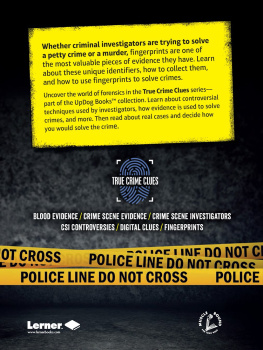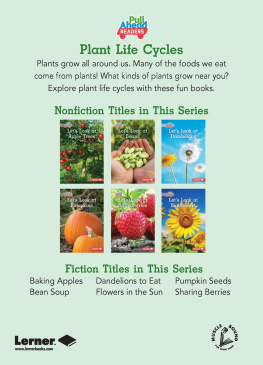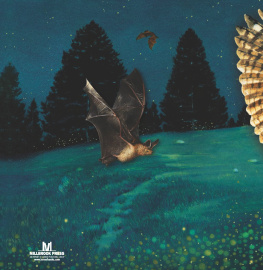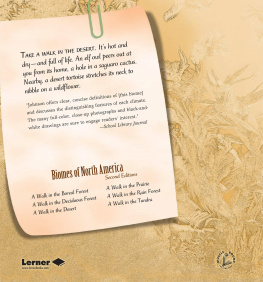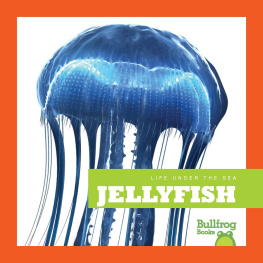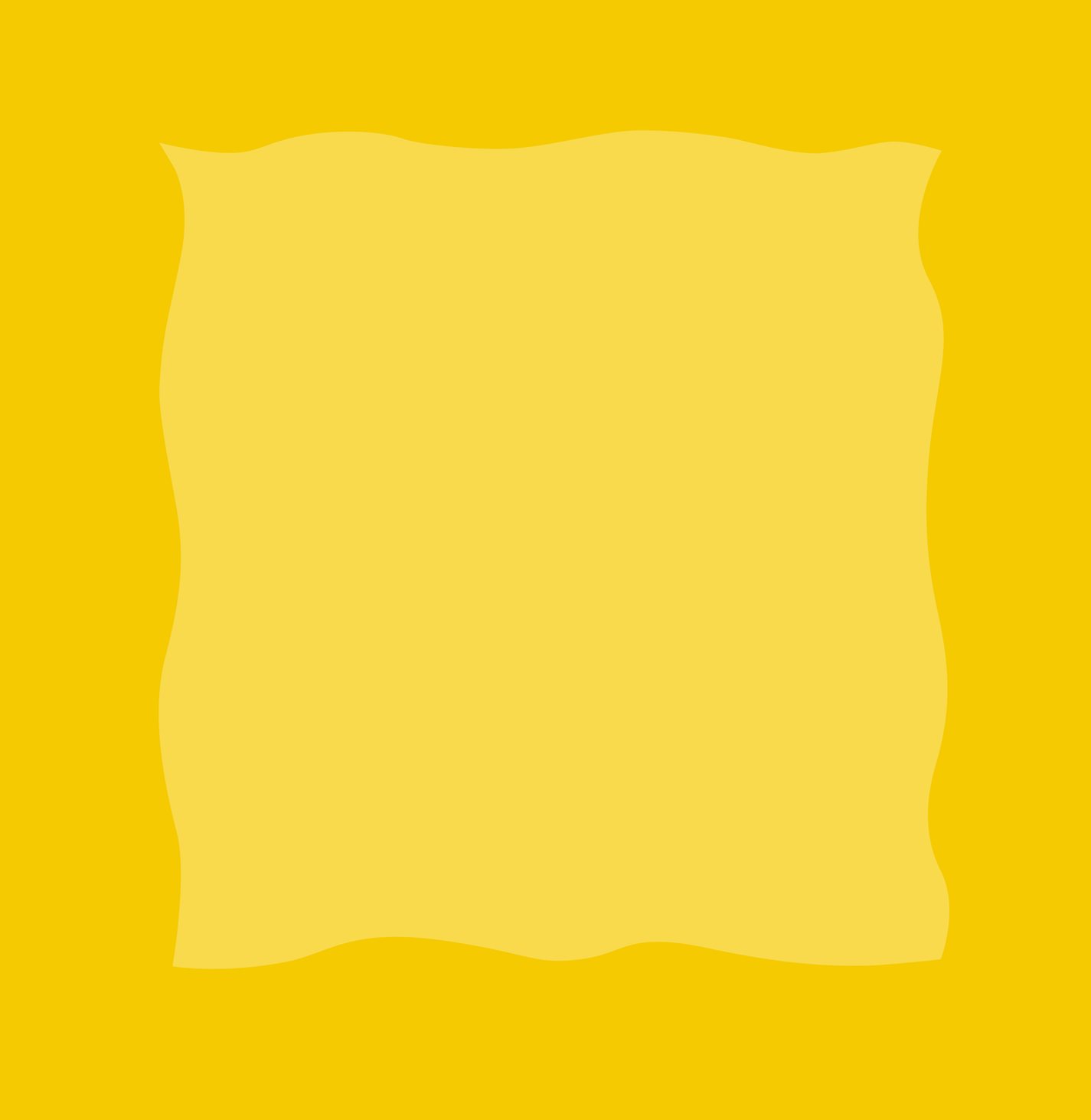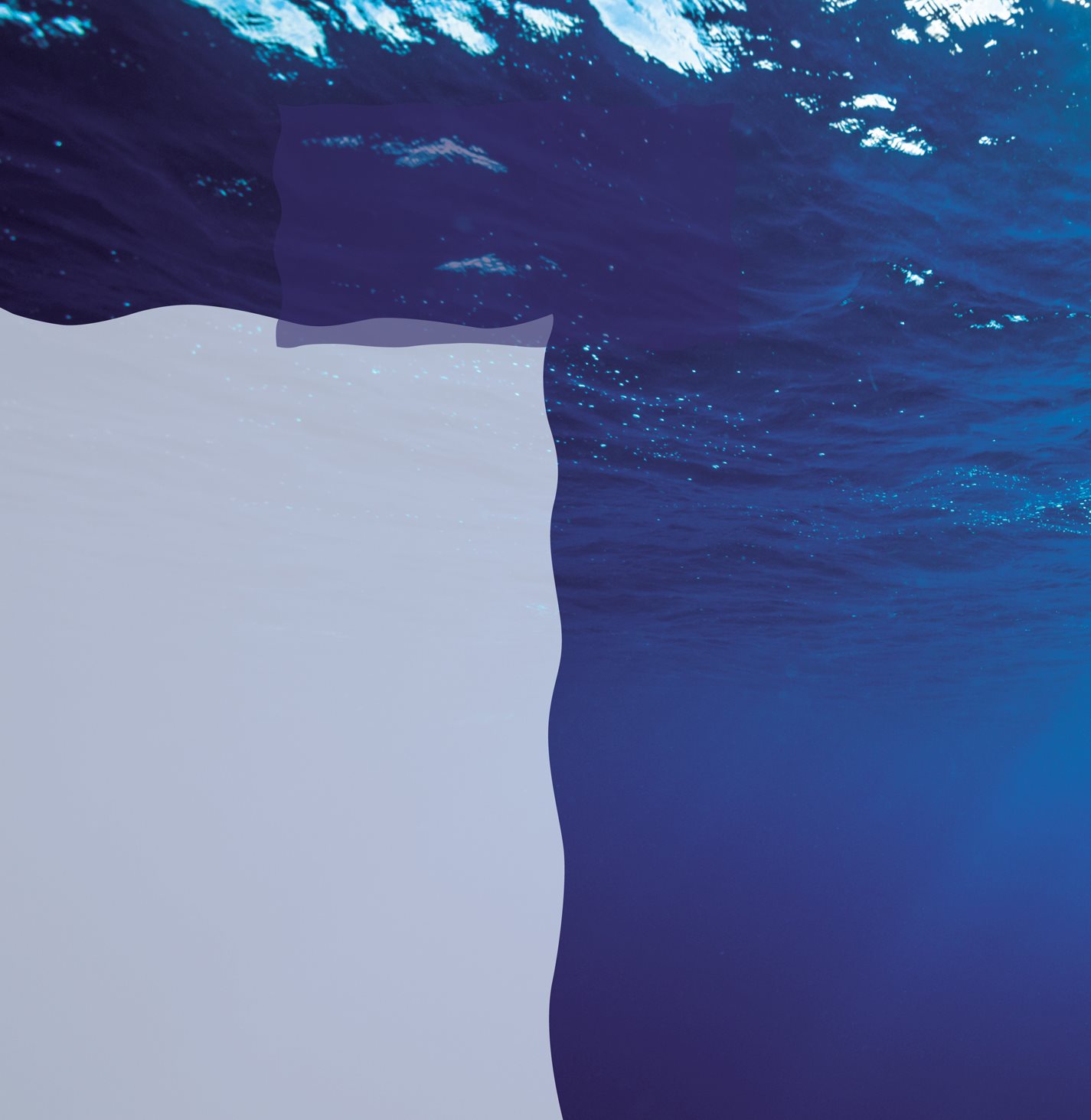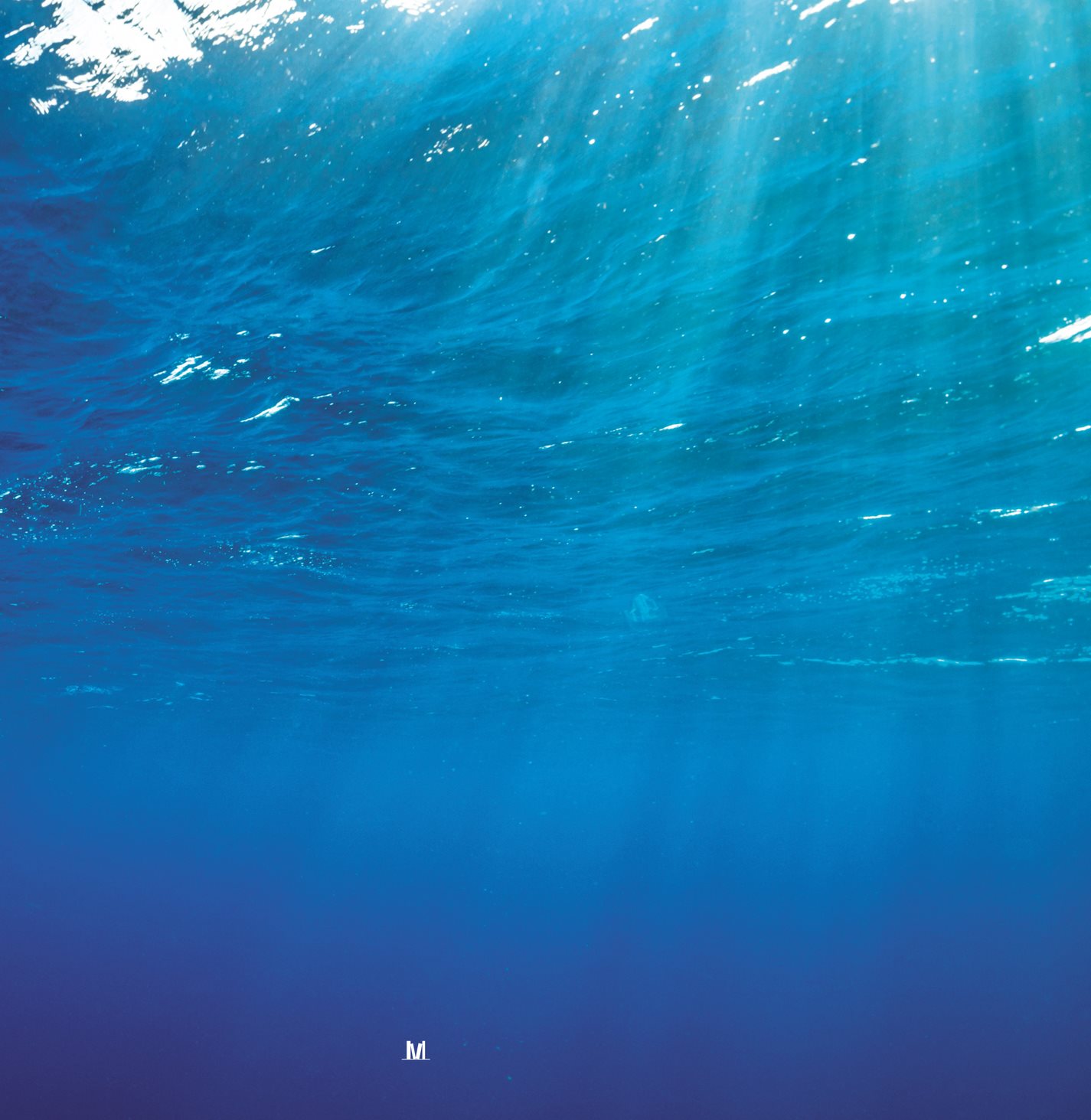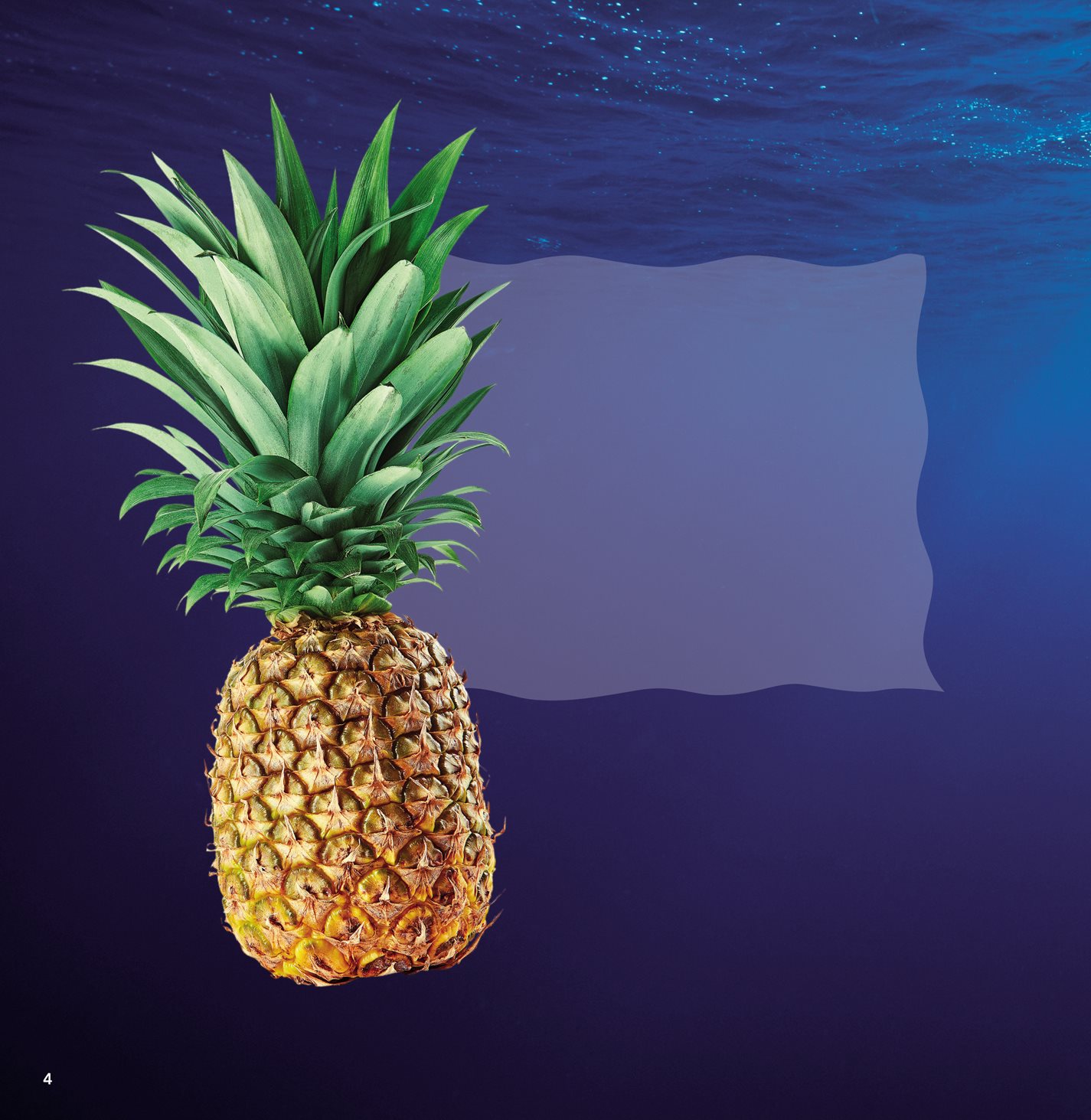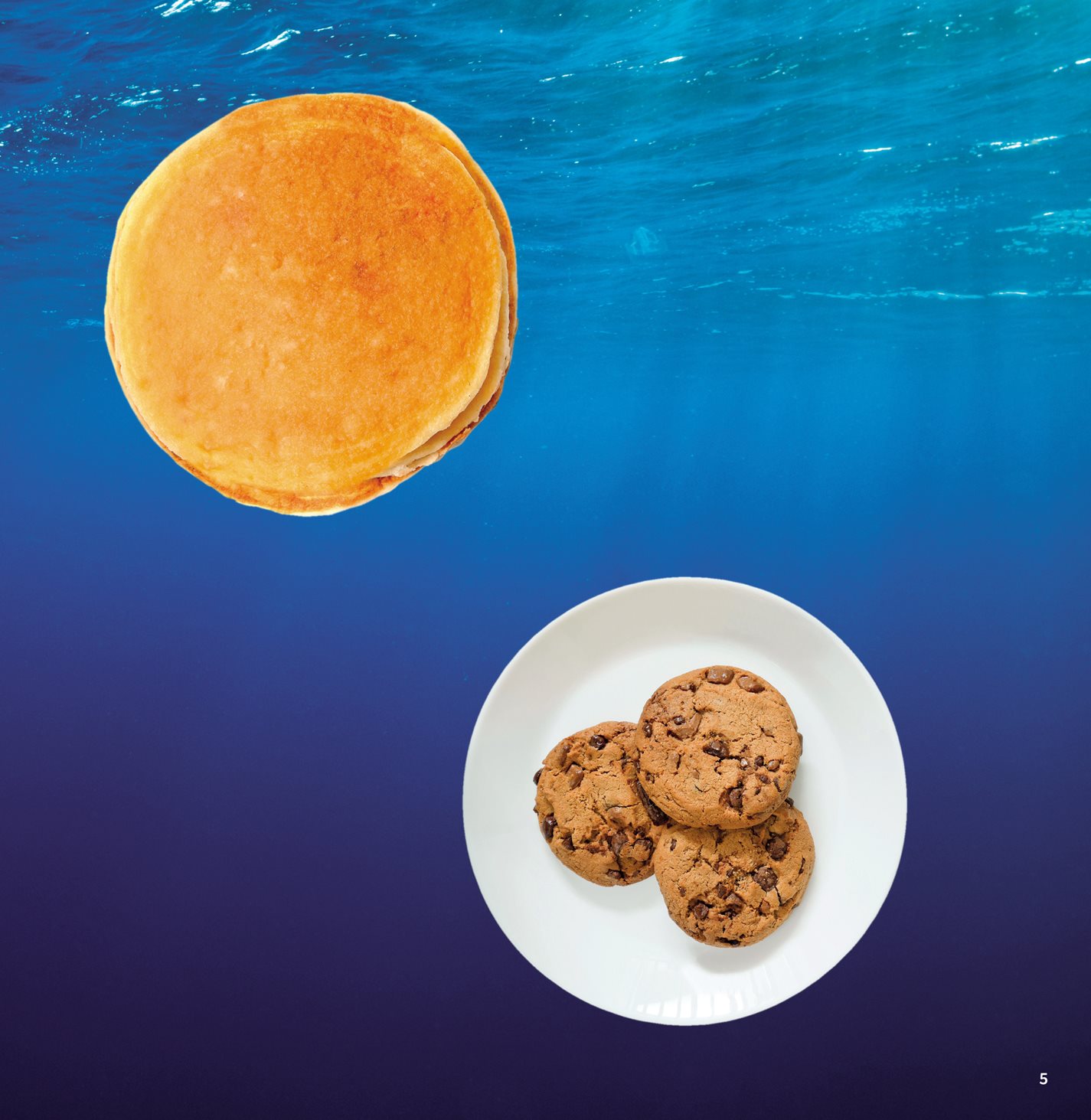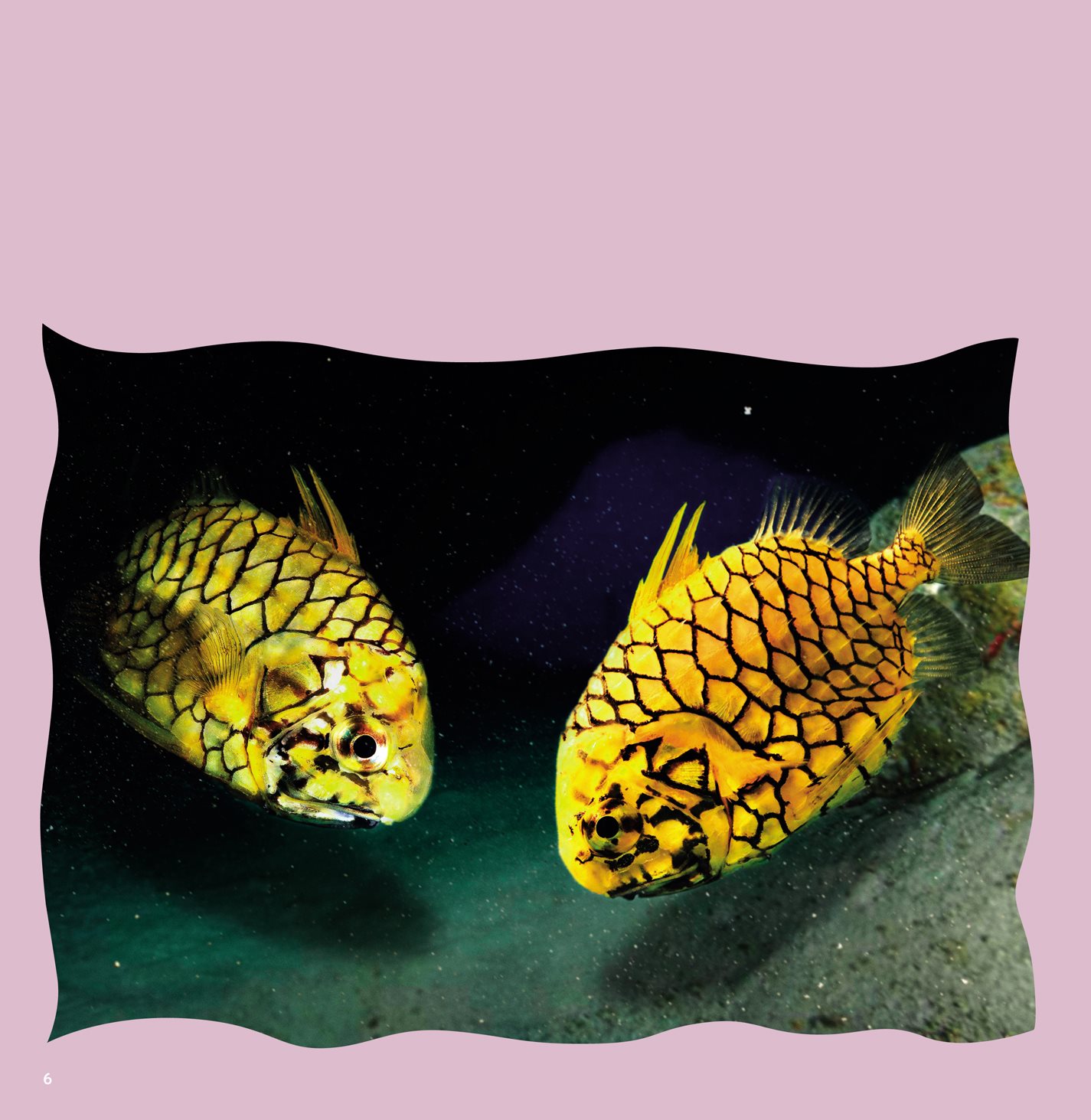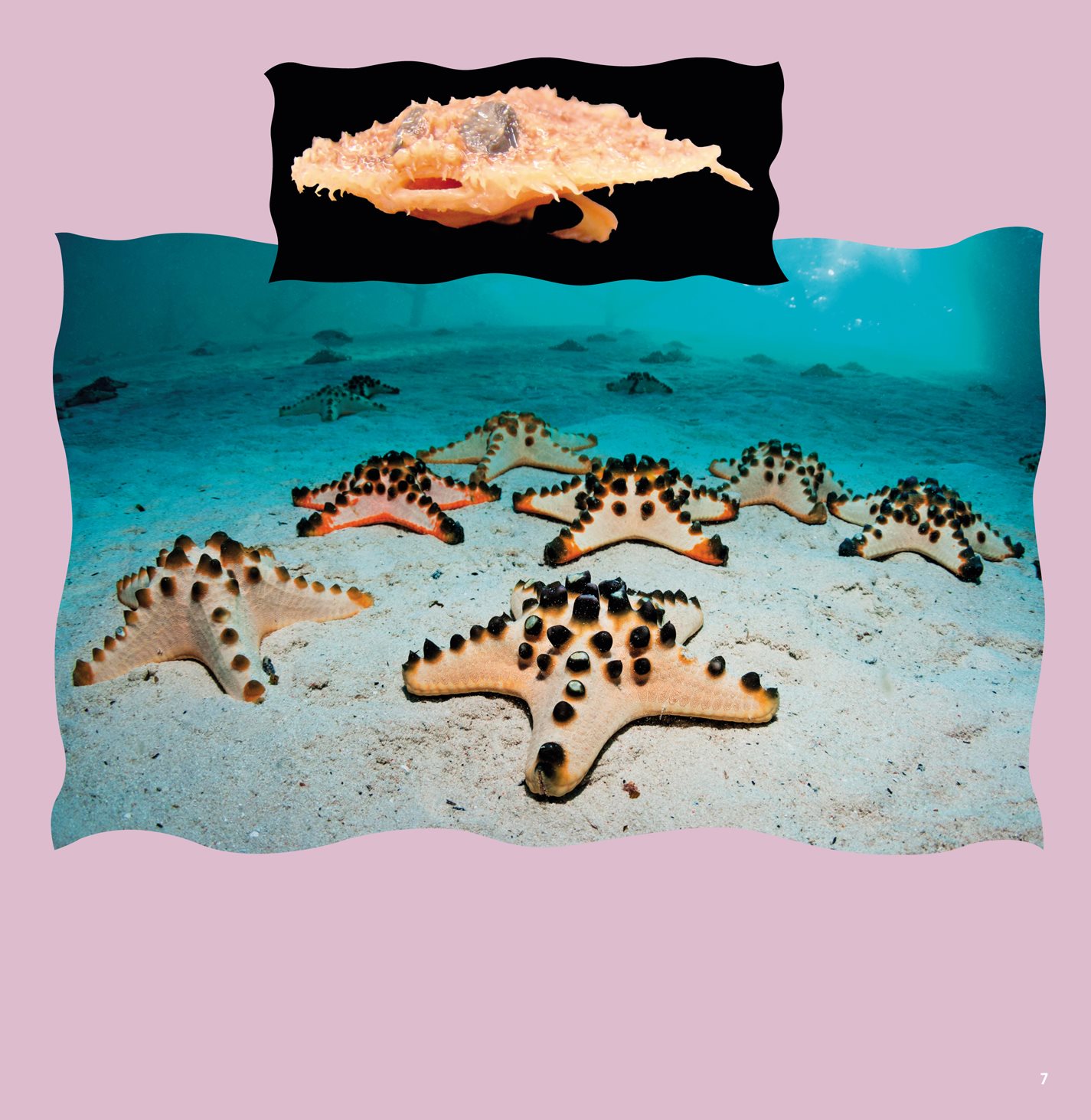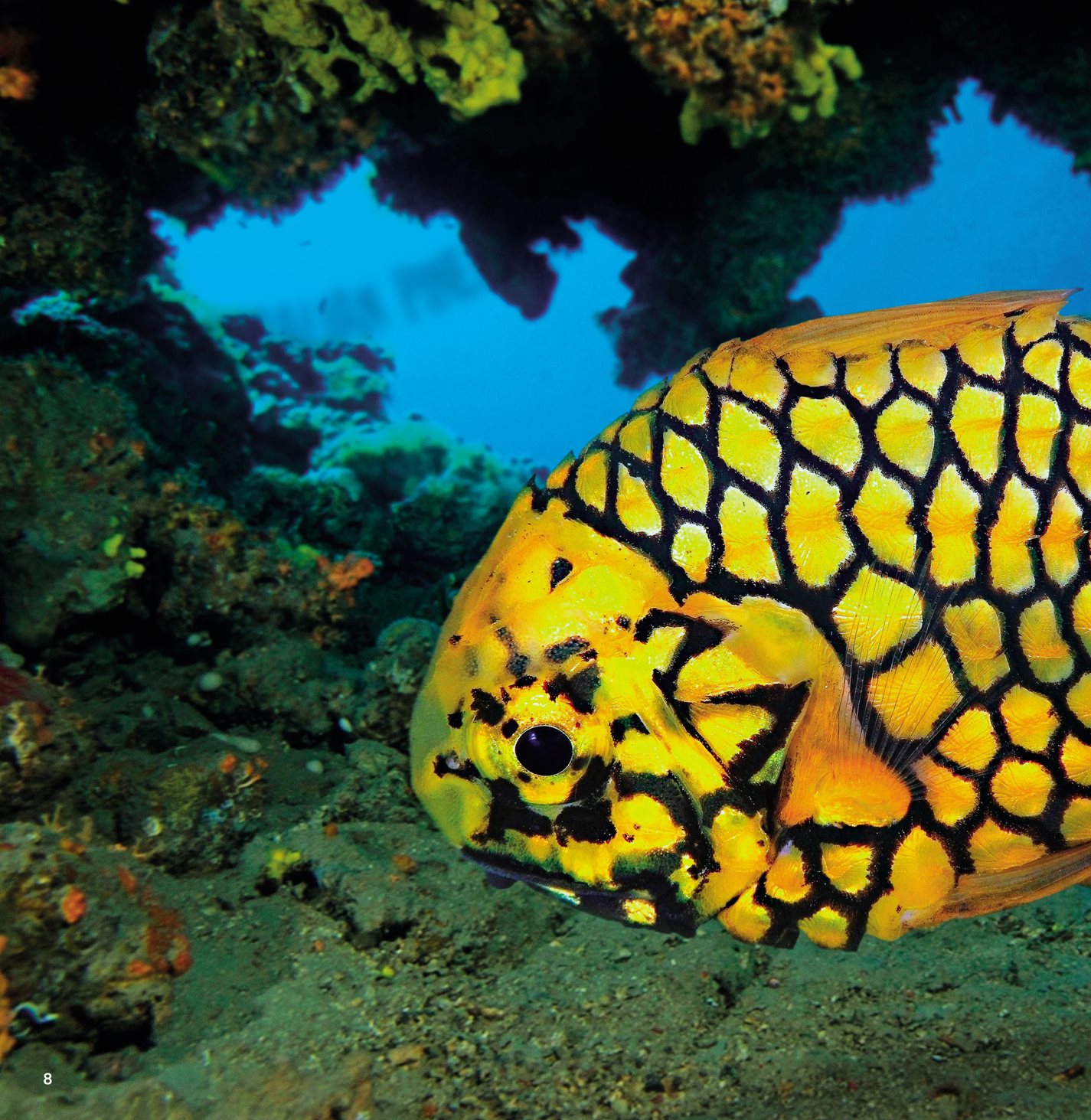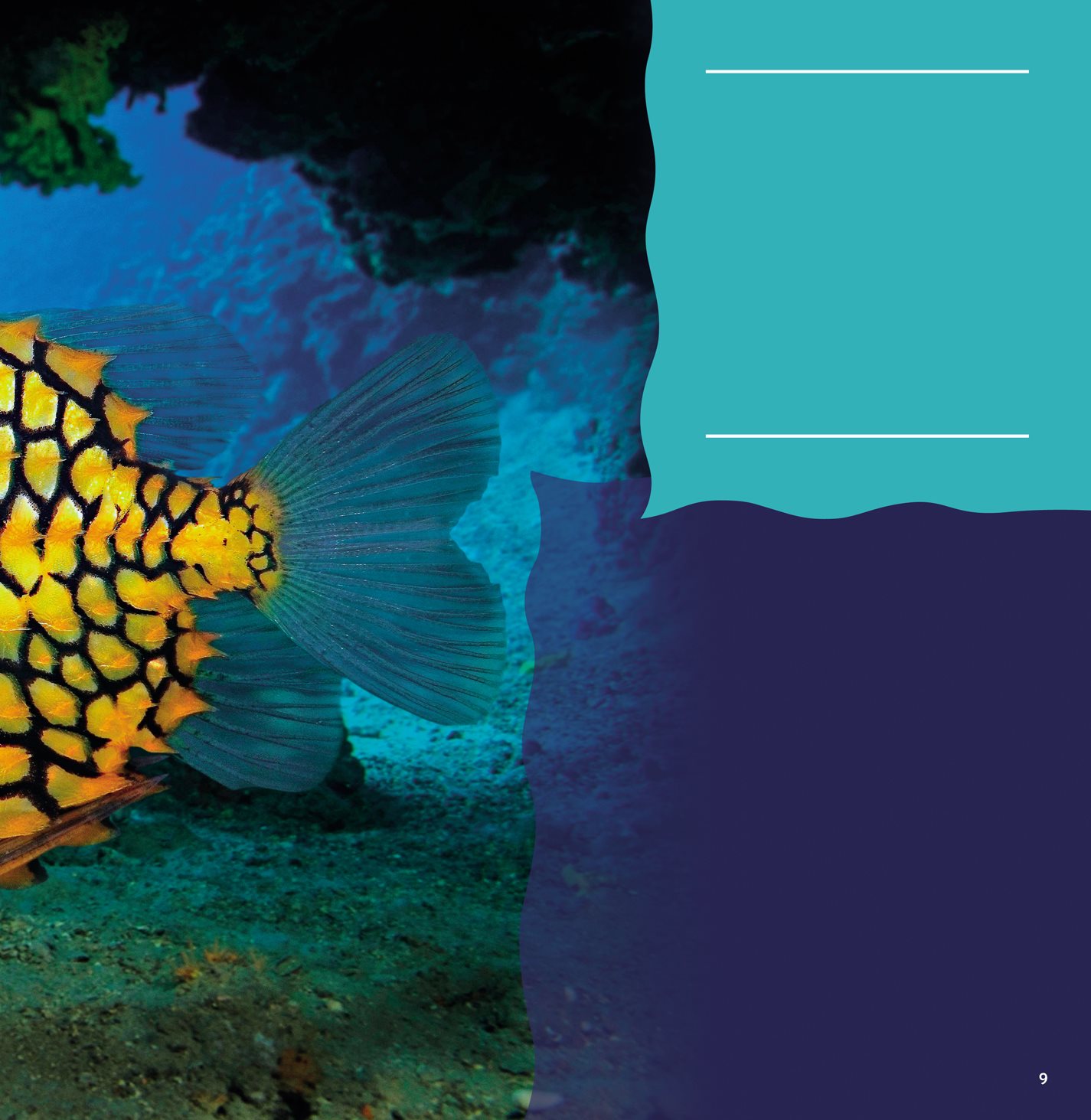Jenna Grodzicki - I See Sea Food: Sea Creatures That Look Like Food
Here you can read online Jenna Grodzicki - I See Sea Food: Sea Creatures That Look Like Food full text of the book (entire story) in english for free. Download pdf and epub, get meaning, cover and reviews about this ebook. year: 2022, publisher: Lerner Publishing Group, genre: Art. Description of the work, (preface) as well as reviews are available. Best literature library LitArk.com created for fans of good reading and offers a wide selection of genres:
Romance novel
Science fiction
Adventure
Detective
Science
History
Home and family
Prose
Art
Politics
Computer
Non-fiction
Religion
Business
Children
Humor
Choose a favorite category and find really read worthwhile books. Enjoy immersion in the world of imagination, feel the emotions of the characters or learn something new for yourself, make an fascinating discovery.
- Book:I See Sea Food: Sea Creatures That Look Like Food
- Author:
- Publisher:Lerner Publishing Group
- Genre:
- Year:2022
- Rating:3 / 5
- Favourites:Add to favourites
- Your mark:
I See Sea Food: Sea Creatures That Look Like Food: summary, description and annotation
We offer to read an annotation, description, summary or preface (depends on what the author of the book "I See Sea Food: Sea Creatures That Look Like Food" wrote himself). If you haven't found the necessary information about the book — write in the comments, we will try to find it.
Can you find pancakes and pizza crusts in the ocean? The answer might surprise you!
Meet some of the wackiest creatures under the sea-creatures that look like food-through eye-catching photos and engaging text. This funny, informative book introduces readers to the egg yolk jellyfish, the lettuce sea slug, the chocolate chip sea star, and many more! Accessible text and engaging photos make this a very fun read.
. . . sure to be a hit with young audiences, whether shared during storytime or read (and reread) by deep-sea enthusiasts.-starred, Booklist
This is an engaging premise for a picture book. Crisp, full-color, full-page photos provide close-ups of various sea life-fish, starfish, eels, slugs, jellyfish-and compare their physical appearances to standard foods that most children will recognize: pancakes, chocolate chip cookies, lettuce, bananas, apples, even egg yolks. Each two-page spread features an oversize caption, an accessible one-paragraph description of the subject and how its distinct makeup helps it survive in the ocean (camouflage, absorbing food or sunlight, armor, attracting mates, propulsion), and a standard list of basic data (aliases, species, size, range, habitat, predators). Included in this last section is also a fun fact: the cauliflower jellyfish, for example, has no hearts, brains, or blood. A couple pages of introductory text introduce the concept of biodiversity; the concluding text encourages appreciation and respect for all kinds of sea critters, and plants the seed that readers might discover some new species of their own someday. A glossary introduces cool new vocabulary (filaments, scutes, tentacles, tubercles); a concluding quiz asks readers to identify photos as sea food or me food. This is sure to be a hit with young audiences, whether shared during storytime or read (and reread) by deep-sea enthusiasts.-starred, Booklist
An introduction to nine sea creatures named for their resemblance to human food. After the opening invitation, each spread in this collection describes a fish, sea star, slug, or jelly with a common name that refers to its food look-alike. Large stock photos show the creature, usually in a recognizable reef or ocean habitat. A headline sentence describes its location and locomotion. A short paragraph explains its appearance and how its foodlike features contribute to its survival. A pineapple fishs spiky scutes, a chocolate chip sea stars horns, and a sea apples shape when inflated are actually protection. The green in a lettuce sea slug comes from the chloroplasts it eats, which convert sunlight to sugar to provide energy. The curly arms on a cauliflower jelly collect its food; the yellow or orange bell of the egg yolk jelly reflects the food it has eaten. The color of a banana wrasse indicates its gender. The shape of the pancake batfish and the color and texture of the pizza crust sea slug provide camouflage. Finally, there are fast facts including alternative common names, Latin names, size, range, habitat, predators, and one more tasty factoid. Grodzicki offers a surprising amount of nutrition with this menu, using appropriate vocabulary explained in context and defined in a glossary. Arguing that weird and wonderful sea creatures deserve some love too! she invites readers to continue their exploration. An appetizing addition to the nature shelf.-Kirkus Reviews
Jenna Grodzicki: author's other books
Who wrote I See Sea Food: Sea Creatures That Look Like Food? Find out the surname, the name of the author of the book and a list of all author's works by series.

